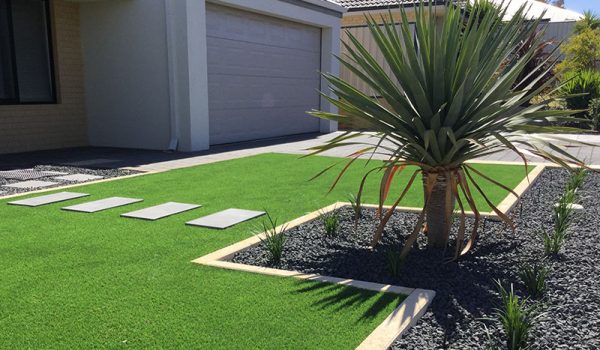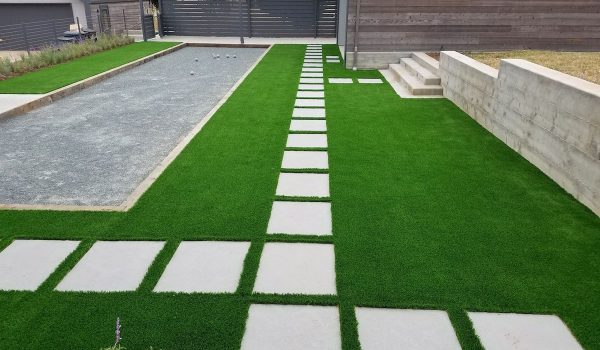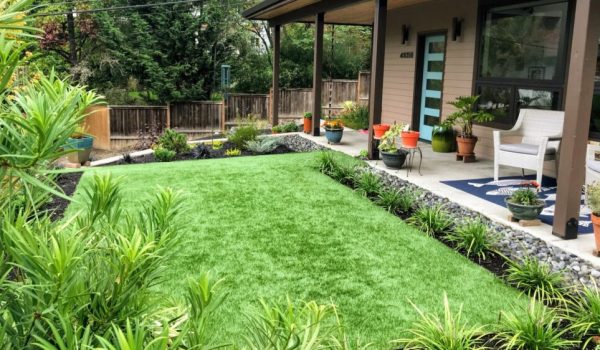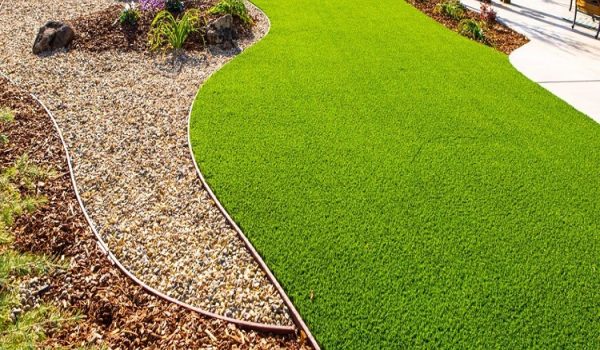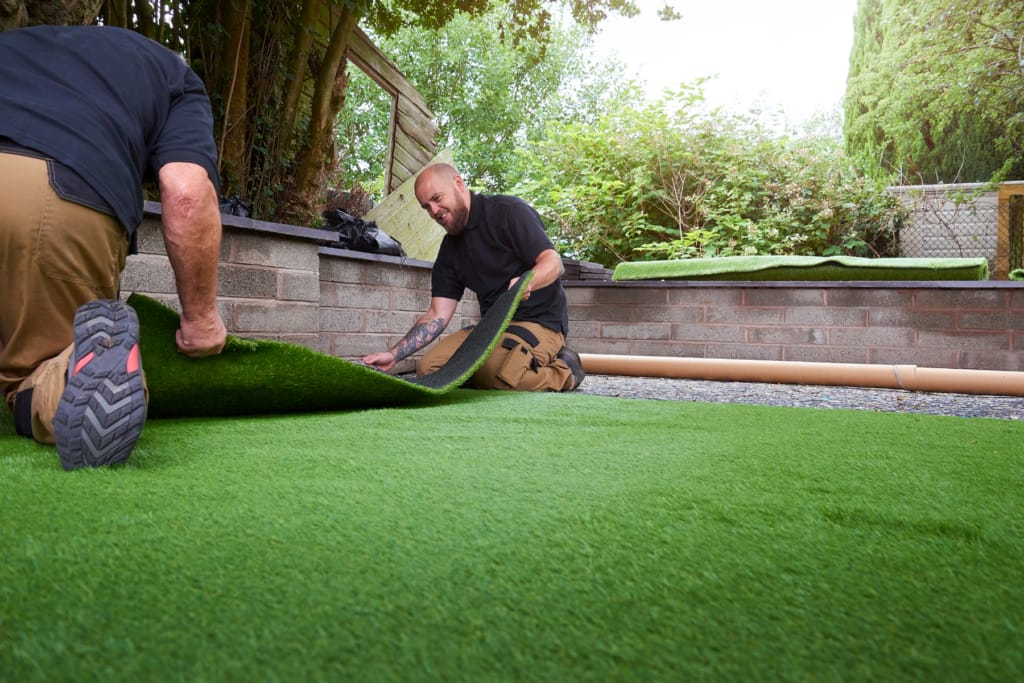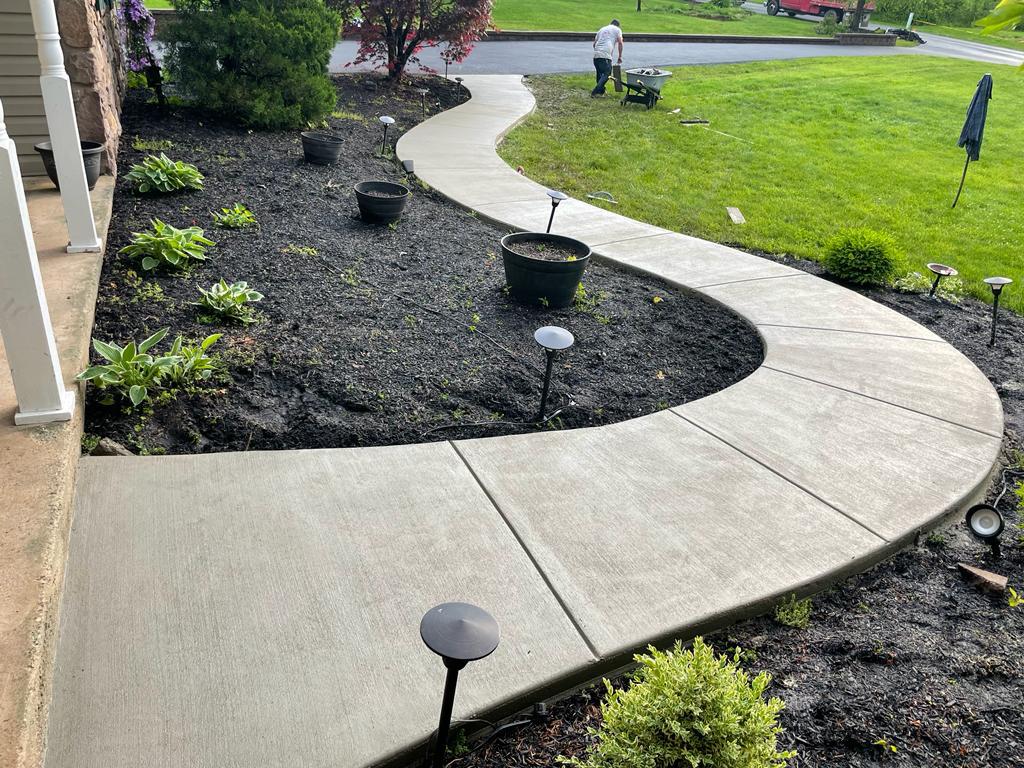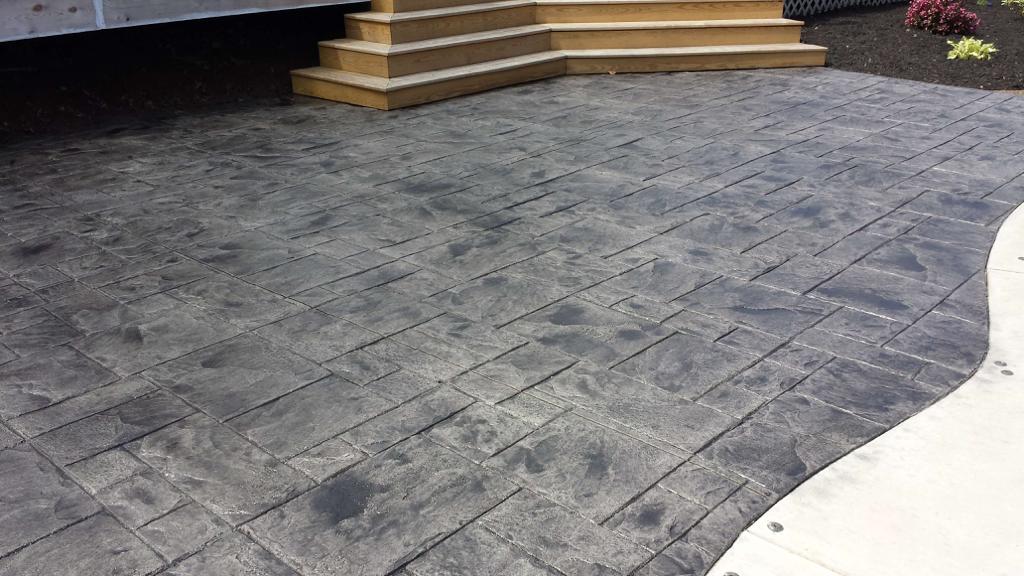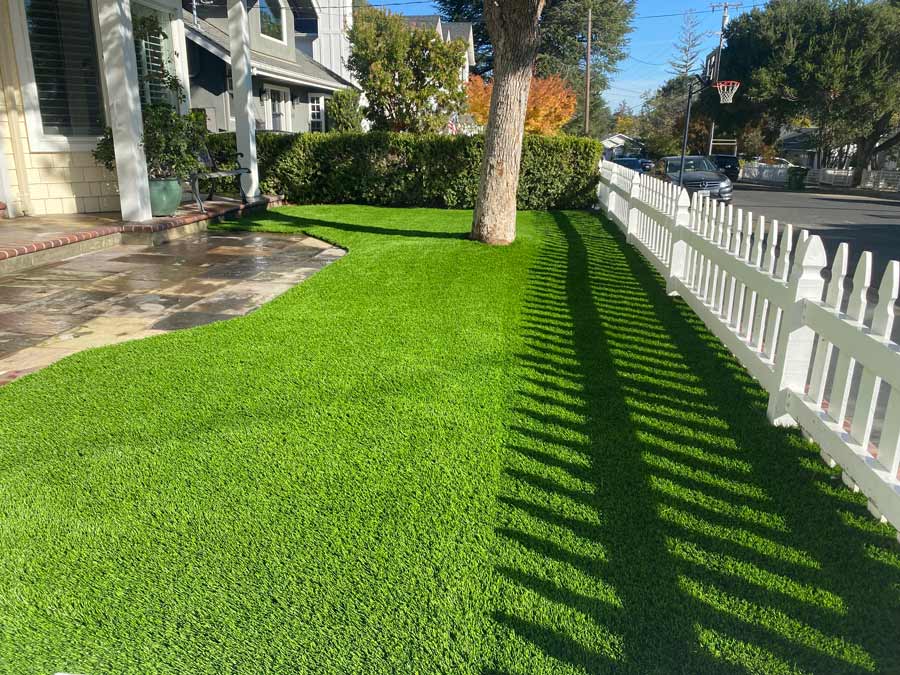Transform your landscape with the beauty and practicality of our artificial turf. Westack is your go-to destination for high-quality landscape solutions that combine aesthetics, durability, and environmental responsibility. Whether you’re creating a serene residential garden or enhancing the appeal of a commercial property, our landscape artificial turf is the perfect choice.
Here’s what sets our landscape artificial turf installation apart:
1. Professional Consultation: Our process begins with a thorough consultation where our experts assess your specific needs, preferences, and the unique characteristics of your landscape. We provide professional guidance to help you choose the most suitable artificial turf solution for your Bay Area property.
2. Customized Design: We understand that every landscape is distinct. Our team works closely with you to create a customized design that complements your surroundings, taking into consideration factors like size, layout, and intended use of the space.
3. Quality Products: We take pride in offering high-quality artificial turf products designed for durability, realistic aesthetics, and all-weather performance. Our selection ensures that your landscape remains lush and vibrant year-round without the maintenance challenges associated with natural grass.
4. Expert Installation: Our skilled installation team brings precision and expertise to every project. From site preparation to laying the artificial turf and ensuring proper drainage, we follow industry best practices to guarantee a flawless installation. Our goal is to create a landscape that not only looks beautiful but also functions optimally.
Timely Completion: We understand the importance of timelines. Our team works efficiently to complete the artificial turf installation within the agreed-upon schedule, allowing you to enjoy your transformed landscape promptly.
If you’re considering artificial turf but need more help, give us a call. We can help you choose the right product and schedule installation for you.


